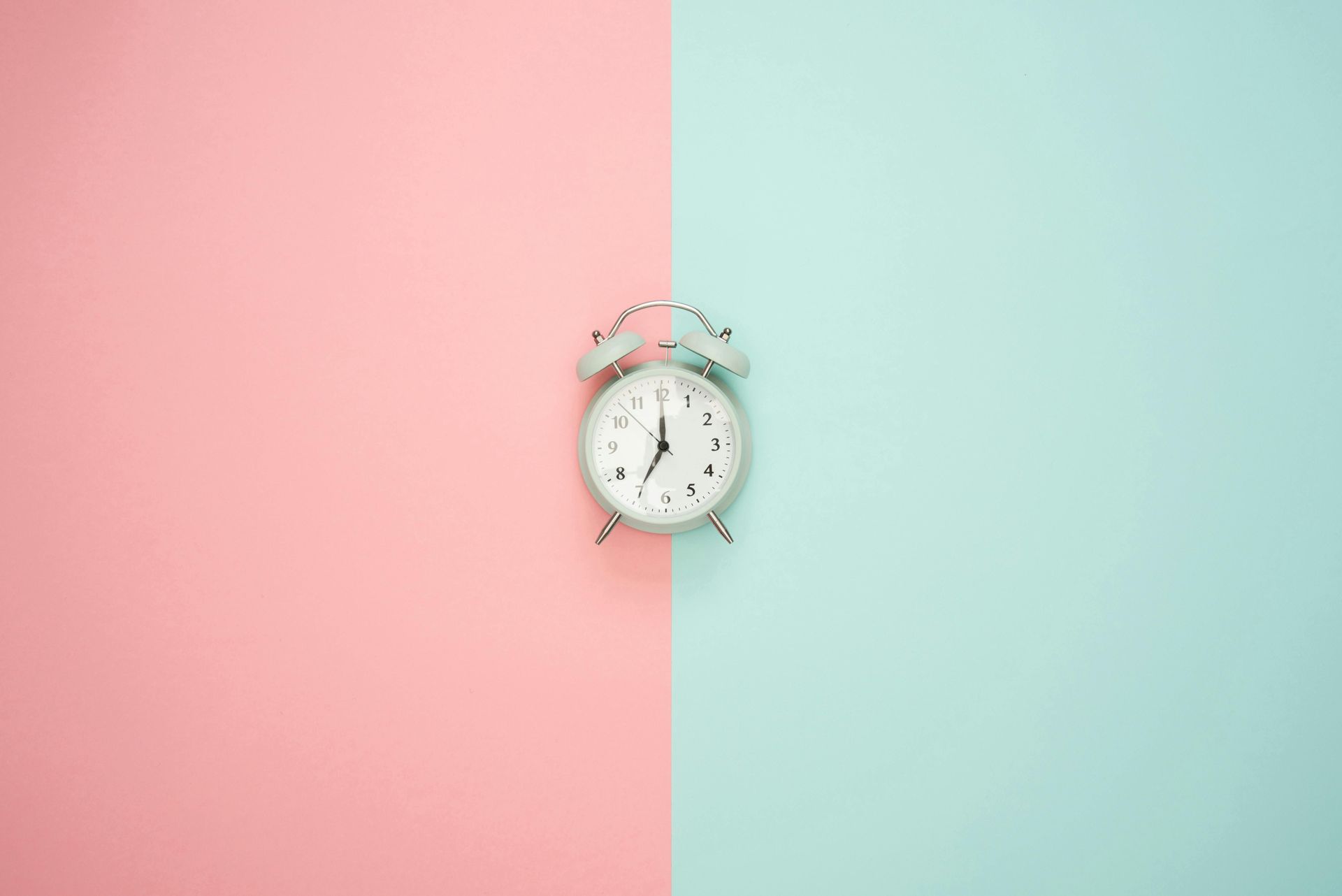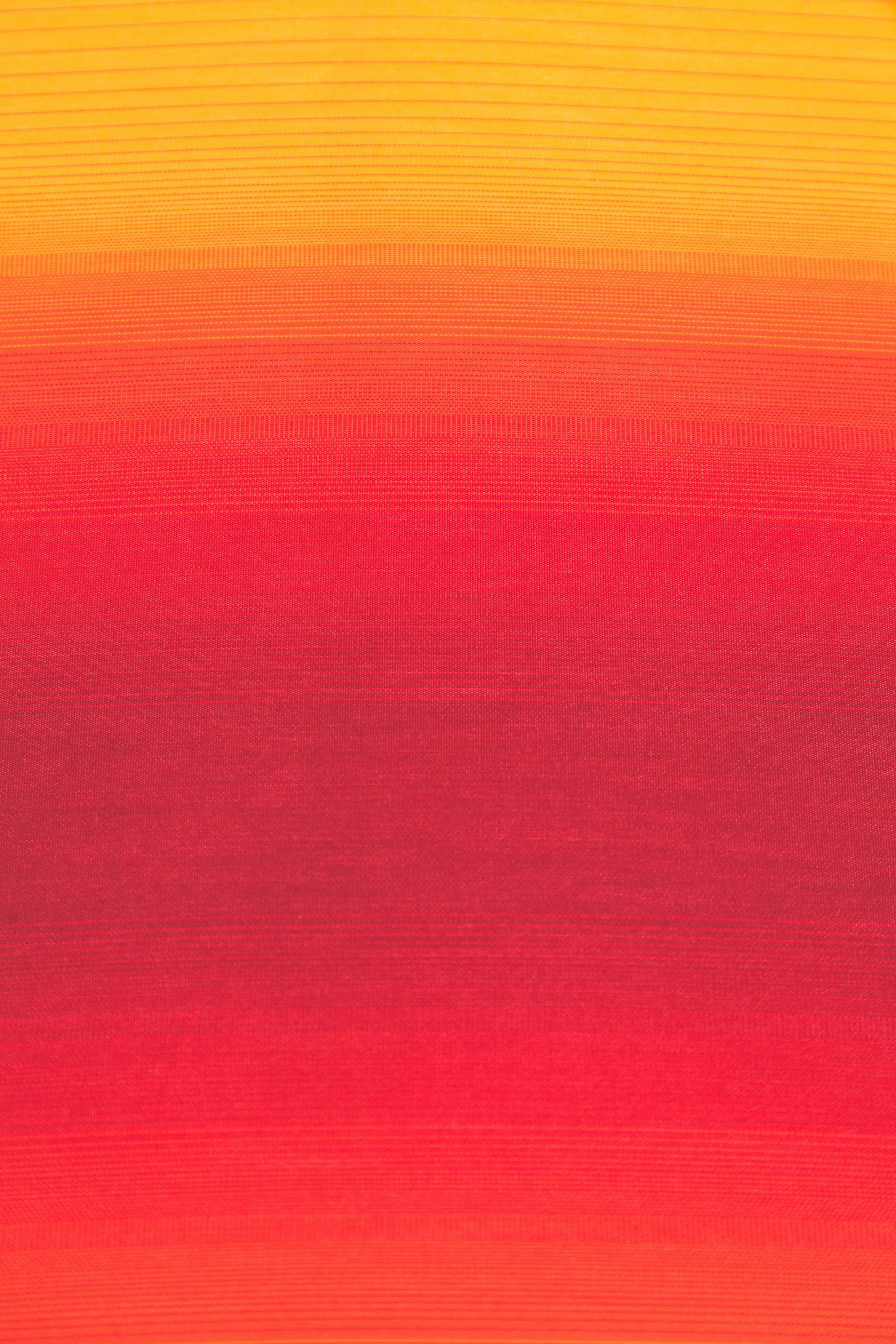How Mood Boards Can Help You Develop Ideas: The Top 20 Reasons
If you're like most people, you probably think of mood boards as a way to get inspired for your next DIY project or home decorating scheme. And while they can certainly serve that purpose, mood boards can be so much more than that!
In fact, mood boards can be an incredibly useful tool for developing ideas in a variety of different contexts. In this blog post, we'll discuss the top 15 reasons how mood boards can help you develop your ideas.This is a subtitle for your new post

What is a Moodboard?
A mood board, also known as an inspiration board, is a collection of images, materials, or words that represent the ideas and emotions you want to communicate in your project. Mood boards can be physical collages or digital collections, and they can be used in any field where creative expression is important, including graphic design, web design, interior design, fashion design, and more.
In a study published in the Journal of Business Research, mood boards were found to be useful in setting the scene, directing activities, and aligning sub-products by providing a point of reference. Furthermore, the study showed that mood boards helped reduce decision fatigue by providing a clear path for action. In other words, when you have a well-developed mood board to reference, making decisions becomes much easier.
Who Is The Moodboard For?
Mood boards can be used by individuals, groups, or companies. When developed and used correctly, mood boards help everyone involved in the creative process to better understand the goal of the project.
What Goes Into A Mood Board?
A mood board should contain a variety of elements that inspire you. This could include images, quotes, colors, fonts, textures, and more. Assembling a mood board is a great way to start gathering inspiration for your next project.
When Should I Use A Moodboard?
Ideally, you should start using a mood board as soon as you have an idea for a new project. The earlier you begin developing your ideas, the easier it will be to achieve your goals. How you use a mood board will vary depending on the project you’re working on.
20 Reasons Mood Boards Can Help You Develop Ideas
The process of making a mood board is to help increase creativity. Here are 20 reasons mood boards can do that.
1 Mood boards help establish a common vision for a project
Creating a mood board after the initial project has been conceived will assist you to establish the foundation of what the completed product should ideally look like.
While many people think of mood boards as being used as visual inspiration for creative projects, they may also be utilized for things like competitive research. It's sometimes even useful to make a few mood boards with different elements of the project highlighted so you can offer a holistic visual perspective before diving in.
2 Mood boards clarify the vision
Especially when you’re working on a project with other people, it can be difficult to get on the same page without some form of reference. A mood board establishes that reference and allows for contributors to easily understand what needs to be accomplished.
3 Mood boards help define the style of a project
Similar to how a mood board clarifies the vision, having an idea of the stylistic elements you want your project to encompass is extremely helpful in terms of moving forward. When beginning work on a website design, for example, it's crucial to nail down what kind of aesthetic feel you're going for before starting...a mood board could be one step in that process!
4 Mood boards jumpstart creativity by providing structure
This ties in with the previous point- when you have some boundaries to work within (style), it can actually help free up your creative juices. It's like how athletes might warm up before a game by doing some stretches- once they get started, their body is primed and ready to go!
5 Mood boards help define the scope of a project
In addition to style, mood boards can also help outline what specific aspects of a project will be tackled...and which ones will be put on the back burner for later. This is especially helpful if you're working with a team and need everyone on board with what's being done!
6 Mood boards keep everyone organized
Just as how individual mood boards within a project file can help an individual stay organized, a master mood board can help keep everyone on the same page when it comes to the overarching vision for a project. This is especially important if different team members are working on different aspects of the project...or if you need to send your mood board off to another department for the feedback!
7 Mood boards can serve as inspiration for future projects
Once you've nailed down how you want your project to look and feel, mood boards can be used as launching pads for future endeavors. Not only do they provide a tangible reference point, but they also often inspire new ideas that wouldn't have come about otherwise!
8 Mood boards help establish brand identity
If you're looking to create or refresh your company's branding, mood boards can be a great way to start. They help you nail down the look and feel of your brand, which in turn makes it easier for customers to identify with what you're selling.
9 Mood boards can speed up the design process
When used correctly, mood boards can help reduce the amount of time needed to finalize a project. By providing a clear outline of how you want something to look and feel, they allow everyone involved in the project to work towards a common goal.
10 Mood boards can improve communication among team members
If different team members are working on different aspects of the same project, mood boards can be an excellent way to ensure that everyone is on the same page. Not only do they provide a visual representation of the project, but they can also help to clarify any questions or concerns that team members may have.
11 Mood boards can help you evaluate an idea before committing to it
Creating a mood board is a low-risk way of testing out an idea. If you're not sure how something will look or if it's even feasible, creating a mood board can give you a better sense of what needs to be done in order to make your idea a reality.
12 Mood boards can be used as the foundation for entire businesses
Some companies are started from nothing more than an initial mood board. By taking the time to develop a well-thought-out vision, you increase your chances of success by leaps and bounds.
13 Mood boards can help with team communication
If you're working on a project with multiple team members, mood boards can help ensure that everyone is on the same page. By having a common reference point, team members can avoid duplicate work and better understand each other's vision for the project.
14 Mood boards can be used as teaching tools
Not only are mood boards great for getting your own ideas down on paper, they can also be used to teach others how to brainstorm and develop their own ideas.
15 Mood boards can help when pitching an idea
When presenting an idea to others, having a well-developed mood board to back it up will give you credibility and show that you've put thought into your concept.
16 Mood boards can be used to develop a style guide
If you're looking to create a style guide for your company or project, mood boards can be a great way to start. Seeing how different elements come together in one place can help you solidify your design decisions.
17 Mood boards can help with brand recognition
Creating a mood board that is tied closely to your branding will help customers and clients remember your work and associate it with certain feelings or values.
18 Mood boards can help when designing packaging
Packaging is an important part of marketing products, and having a well-developed mood board for your product can make the design process much easier.
19 Mood boards help with team projects
When multiple people are working on a project, it can be difficult to keep track of everyone’s ideas. Mood boards can help alleviate some of that confusion by providing a physical or digital place for everyone to share their thoughts and inspirations.
20 Mood boards save time in the design process
Developing a mood board before beginning to design something can save you time in the long run by helping you focus your efforts on what is important.
How To Start Creating a Mood Board
Now that you understand the importance of mood boards, it’s time to start creating your own! There are a few different ways to go about this, so find the method that works best for you.
If you’re working on a physical project, gather some magazines, fabric swatches, and other materials that inspire you and get started clipping and pasting them onto a poster board or corkboard. If you’re going the digital route, collect images from the web or use software like Adobe Photoshop or Illustrator to create a collage.
Whichever way you choose, be sure to keep your mood board updated as new ideas come up. Doing this will help ensure that your final design is cohesive and on-brand.
Final Thoughts
So there you have it! Those are my 20 reasons why mood boards can help you develop ideas for your next project, big or small. What are you waiting for? Get started on your mood board today!
If you need help, find me on LinkedIn or email me.
Website Packages
Ready to get started? Explore my Web Design Packages or book a VIP One-Day Website Design & Build service for a site that’s ready in just one day. Contact me today, and let’s create a website that elevates your business!
VIP DAY - two spots left for 2024
Let's build a website you love...in just one day!
- Skip the waitlist.
- No time for meetings? Ditch the drawn-out design process.
- Say goodbye to all the back and forth emails.
- I outline exactly what is needed ahead of time.
- You supply all content and images.
- Bam! We're done by dinner!
- Cost: $1500 with 50% deposit
- Ideal for 1-4 page sites that you want fast!
Kristin Kniss Design Blog


"I believe in using design to make a positive impact in the world"
Office Hours: M-F 9am-5pm • 540-421-9680 • Copyright 2025 Alpine Design & Consulting, LLC